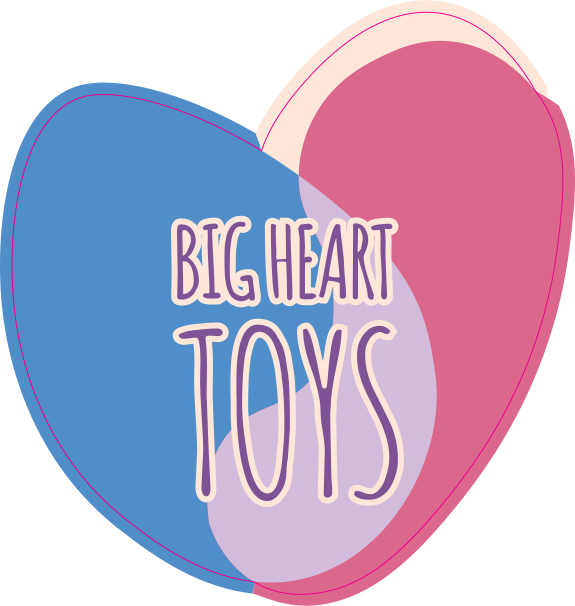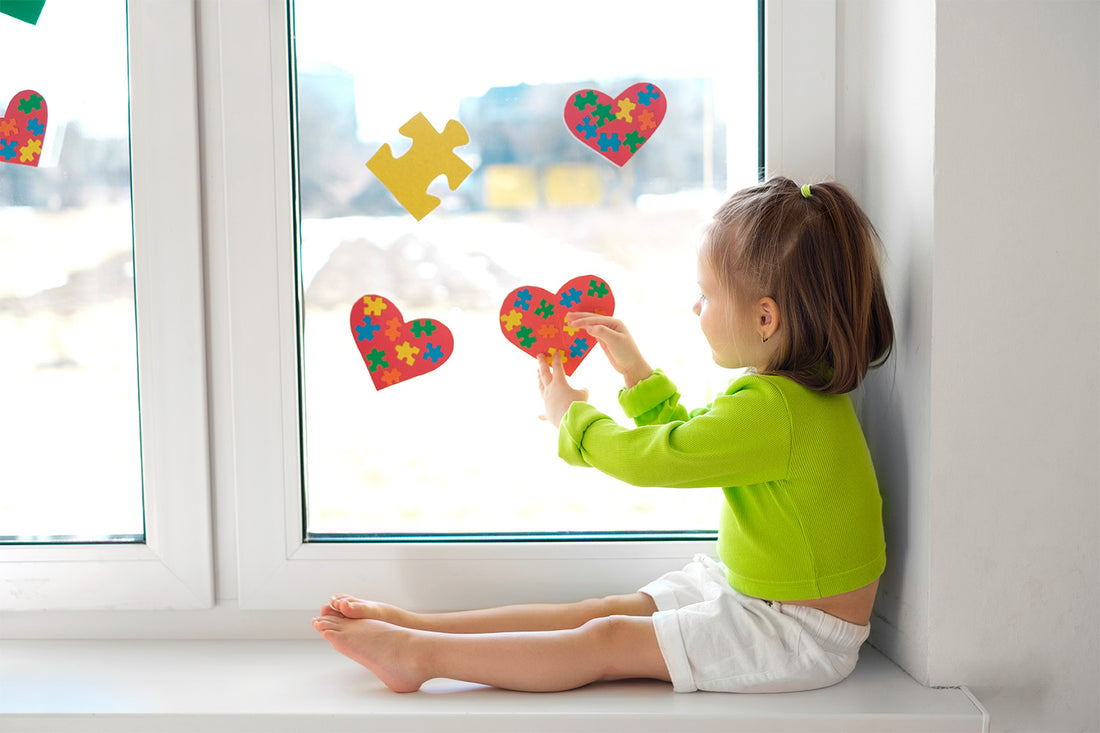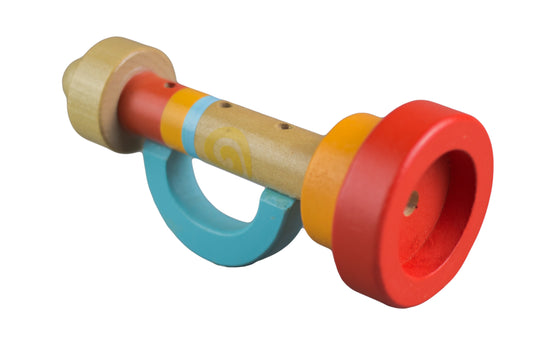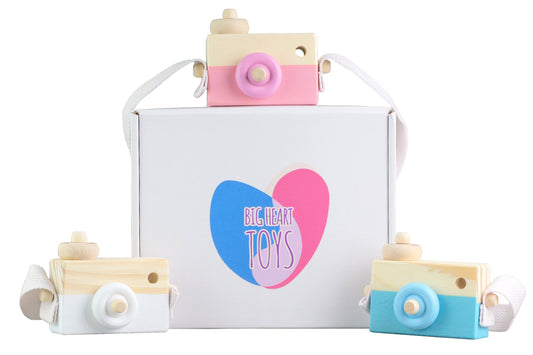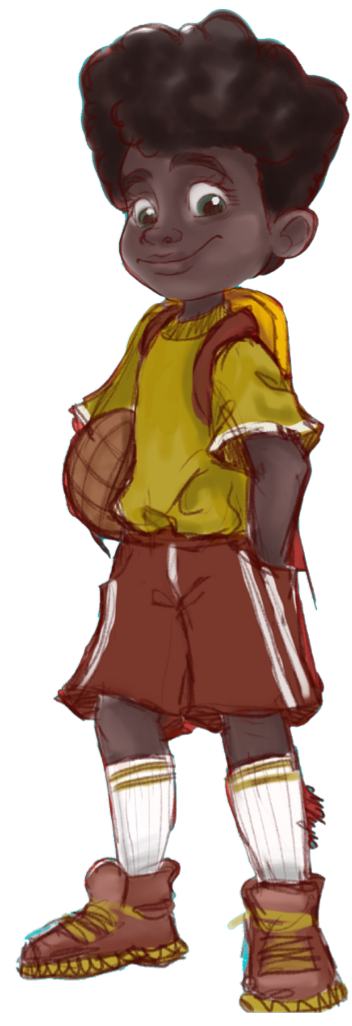Parenting is full of inspiring, life-affirming moments, but despite all the joys and happy memories, it can still be challenging from time to time.
For example, one challenge; parents are familiar with is trying to regulate a dysregulated child’s behaviors. Attempting to calm an angry or anxious child or asking them to do something when they are emotionally dysregulated can feel nearly impossible.
As parents, we want our children to feel that we’re here for them and able to provide what they need, but in these hard moments, it may feel like that’s not the case. While there is no master guide to emotions, there are tools that can help us support their emotional needs.
Let’s discuss the Window of Tolerance and how to guide our children back to a happy and calm place.
What Is a Window of Tolerance?
Created by Dr. Dan Siegel in 1999, the Window of Tolerance can be used as a parenting guide to regulate children and allow them to best thrive in their regulated zone.
This model is based on the study of the nervous system and helps explain a child’s reactions and emotions. The Window of Tolerance visual model uses green, red, and blue zones to demonstrate a child’s feelings when they are in these different stages of reaction.
Basically, a child can best function when in their own personal green zone. These zones are unique to each child, so this window refers to when a child feels they are at their most safe and comfortable space.
When your child is in their green zone, their emotions are regulated, they feel safe, and they can complete whatever challenge they’re facing. This is the time they can best learn, play with others, complete a task that is asked of them, and so on. This green zone is your child’s optimal zone or personal “Window of Tolerance.”
Some children have broad green zones, which means it takes more to get them in their red or blue zone, but others have more narrow windows. This can be due to traumatic experiences, traumatic memories, stress, or any number of other factors.
While a child’s feelings fluctuate throughout the day, these feelings can fluctuate within their green zone. However, at times, something will occur that may cause your child to feel extreme stress, sadness, or other unpleasant emotions. When a child exits their “Window of Tolerance,” they move into the red zone or the blue zone (depending on their feelings and actions).
The Red Zone
When overstimulated, angered, or triggered, a child enters their red zone. This is what we as parents do our best to avoid and try to de-escalate once our children are here. Every child has a zone of reaction or red zone, but some get there quicker than others.
This red zone is referred to as hyper-arousal. While it’s impossible to avoid altogether, we can try to expand our child’s green zone so that they don’t get to the red zone as easily.
Signs of entering the red zone include dysregulation, such as physical aggression, verbal aggression, anger, or agitation. This behavior is often summarized as acting out. It is difficult in that moment to calm them down immediately.
The Blue Zone
On the other end of the spectrum, a child reaches their blue area when they are feeling sad, shameful, or let down. This is referred to as hypo-arousal. This causes them to withdraw, which can be just as frustrating for parents.
We want to soothe every pain and wipe away every tear. When our children become withdrawn, they sometimes can feel hopeless. It may help to think about it as the fight or flight response: the red zone is their fight zone, and the blue zone is their flight.
Signs of a child entering the blue zone include dysregulated behaviors, such 6789pas acting depressed, acting quieter than usual, dissociation, or seeming numb or withdrawn. Flight responses are associated with tensed muscles, dilated pupils, rapid heart rates, and the intense desire to run from the situation at hand.
Beyond flight, children (and adults!) can have a freeze response instead. In a freeze response, an individual won’t be able to move even though they are alert and aware of their surroundings.
The fight/flight/freeze/fawn response, as we understand it today, isn’t psychosomatic or “all in our heads.” In 1921, Otto Loewi discovered these responses were a direct response to actions of the vagus nerve (winning him the Nobel Prize).
While there’s a biological reason we react this way, we can help build emotional resilience and work on expanding our tolerance.
Can We Increase a Child’s Window of Tolerance?
The short answer is yes, we can!
It’s crucial to remember that this will not happen overnight. We also need to remember that an escalated adult will not de-escalate an escalated child. When children leave their green zones, it’s okay to take a moment to regulate our own emotions before attending to theirs.
As adults, we have more advanced emotional regulation tools to calm ourselves and refocus before diving into the red zone's chaos or the blue zone's depth.
Sensory Toys
A common struggle in children is sensory overload. When young people are experiencing brand new things all the time, it’s easy to become overwhelmed and unregulated. Sensory breaks are quick and easy ways to calm their bodies and work through these struggles. Tactile toys like sand tables or sensory bins can help distressed minds focus on the present moment and de-stress.
Playing as a family can help children learn how to problem-solve in different situations and learn self-regulating tools. It also may surprise you as their parents to see what your child is capable of that may surpass your expectations! This time can be often overlooked in our busy everyday lives but is a big part of raising happy, well-adjusted children.
React From a Non-Judgemental Place
Remove any concept of judgment. We are always in our child’s corner and want what’s best for them. It is our responsibility to ensure that our children are surrounded by people with that mindset, as well.
The size of a child’s Window of Tolerance is not their choice and is difficult for them to control or understand. If a child is quickly entering a blue or red zone, it’s always caused by an underlying reason.
The sooner we can establish feelings as valid and understandable, the quicker we can address the problem at hand and help our children expand their green zone. In acting this way as the parent, we are modeling self-compassion, self-soothing, and emotional regulation skills.
How Can We Help a Hyper-Aroused Child?
First, remember that when your child is entering a state of hyper-arousal (their red zone), they may not be able to process information as they normally would due to being in a state of hypervigilance.
Explaining logic or threatening consequences may not be your friend here, as this can just make a child more hyper-aroused and create a deeper disconnection. First, we must calm down and try to set aside any negative thoughts. Take a moment to self-check and take a deep breath or try some quick breathing exercises or grounding exercises.
Especially if we’re facing embarrassment in public, make sure our physical movements or facial expressions don’t reflect our personal feelings on that. A crying toddler in the grocery store isn’t ideal, but honestly, nearly everyone was either a crying toddler themselves or cared for one at some point. We may not look forward to these moments as much as bedtime snuggles, but it’s all part of the journey.
Once we have taken a minute to get in our own green zone, we can calmly get the child back on track.
It is okay to feel frustrated, momentarily embarrassed, or flustered when your child exits their “Window of Tolerance.” Be as gentle with yourself as you are with your little one. Feel your feelings, take a minute to regroup, and remind yourself that you are the best person to help your child in that moment.
Steps for De-Escalation
-
Acknowledge the child’s feelings without asking anything of them. This will allow them to feel heard and not controlled. This in itself may calm them down, knowing that they are getting their point across and their parent(s) understands how they’re feeling.
-
Provide options: Offer your child loving affection or a moment alone to calm down. Give them the opportunity to communicate their needs and respect which option they select.
-
Once they’ve calmed down enough to talk with you, give them a few acceptable options. Empower your child by allowing them to make a decision, but maintain authority by only offering choices that you are okay with. Again, respect their choice and validate their decision-making by accepting what they choose.
How Can We Help a Hypo-Aroused Child?
As parents to our child(ren), we are their most trusted adults and we want to be who they come to when they feel down.
Sometimes, children become hypo-aroused, causing them to act withdrawn or isolated. This can be heartbreaking to watch our little ones feel so much hurt.
One thing we can do in this situation is to ensure our child feels safe and supported. Allow them space to calm down, but not too much space that they feel ignored. Say it out loud, “I see that you feel upset,” and give them an action step to take, such as “Find me in the living room and just give my hand a squeeze when you’re ready to talk.”
Empathy is key here. Even if their reasons for feeling upset may not make logical sense to adults, it’s essential to remember we are dealing with young human beings. They process emotions very differently than adults.
Hear what they have to say, verbalize or reiterate it so that they feel understood, and help them talk through why they may be feeling this way. This is a great time to share with them tools to deal with sadness or disappointment.
Factors To Consider
While these tips may work in generic situations with your children, consider if there are more extreme issues at hand. Has your child faced past trauma in their life that is causing frequent visits to their red zone? Could there be mental health circumstances at hand leading them to their blue zone?
The tools provided here could help, but in these instances it may be a smart idea to consider professional guidance.
Sometimes the best thing you can do for your child is to find someone professionally trained and certified to help them work through things out of your control. Things like talking therapy, play therapy, or other types of therapies have been shown to help children better understand their “Window of Tolerance.”
While therapy and professional help are not always easy to find (and certainly not often free), there are resources available. A good first step, if you find yourself questioning the need for additional help is to talk to your pediatrician. They should be able to advise further.
Summary
To summarize, a child’s “Window of Tolerance” is a self-regulatory tool referring to a window of time they are effectively able to function and complete daily tasks.
All people, children and adults have a window where we function at our best. We want to strive to expand our child’s “Window of Tolerance” for their own mental and emotional well-being and to help their ability to self-regulate when facing stressful situations.
Growing up isn’t always easy, but as caregivers, we can help clear the skies on cloudy days and teach our children to find the sunshine on their own one day.
Sources:
Download 1.A | Dr. Dan Siegel | Window of Tolerance | Violence Reduction Unit
The “Window of Tolerance” | A Tool For Self-Regulation | Columbia Seminary
Diaphragmatic Breathing Exercises & Benefits | Cleveland Clinic
A Vagus Nerve Survival Guide to Combat Fight-or-Flight Urges | Psychology Today
Fight, flight, or freeze response: Signs, causes, and recovery | Medical News Today
